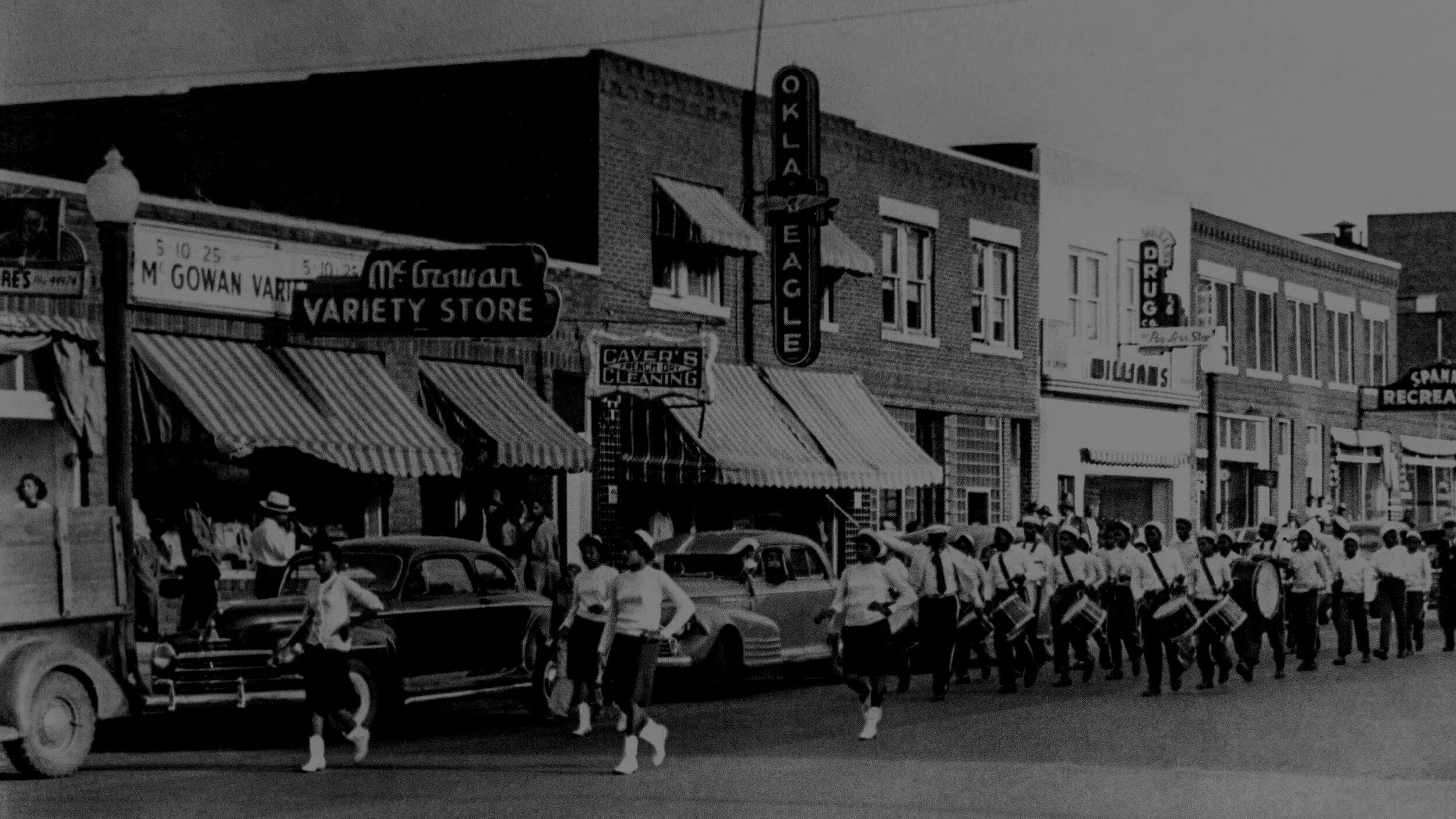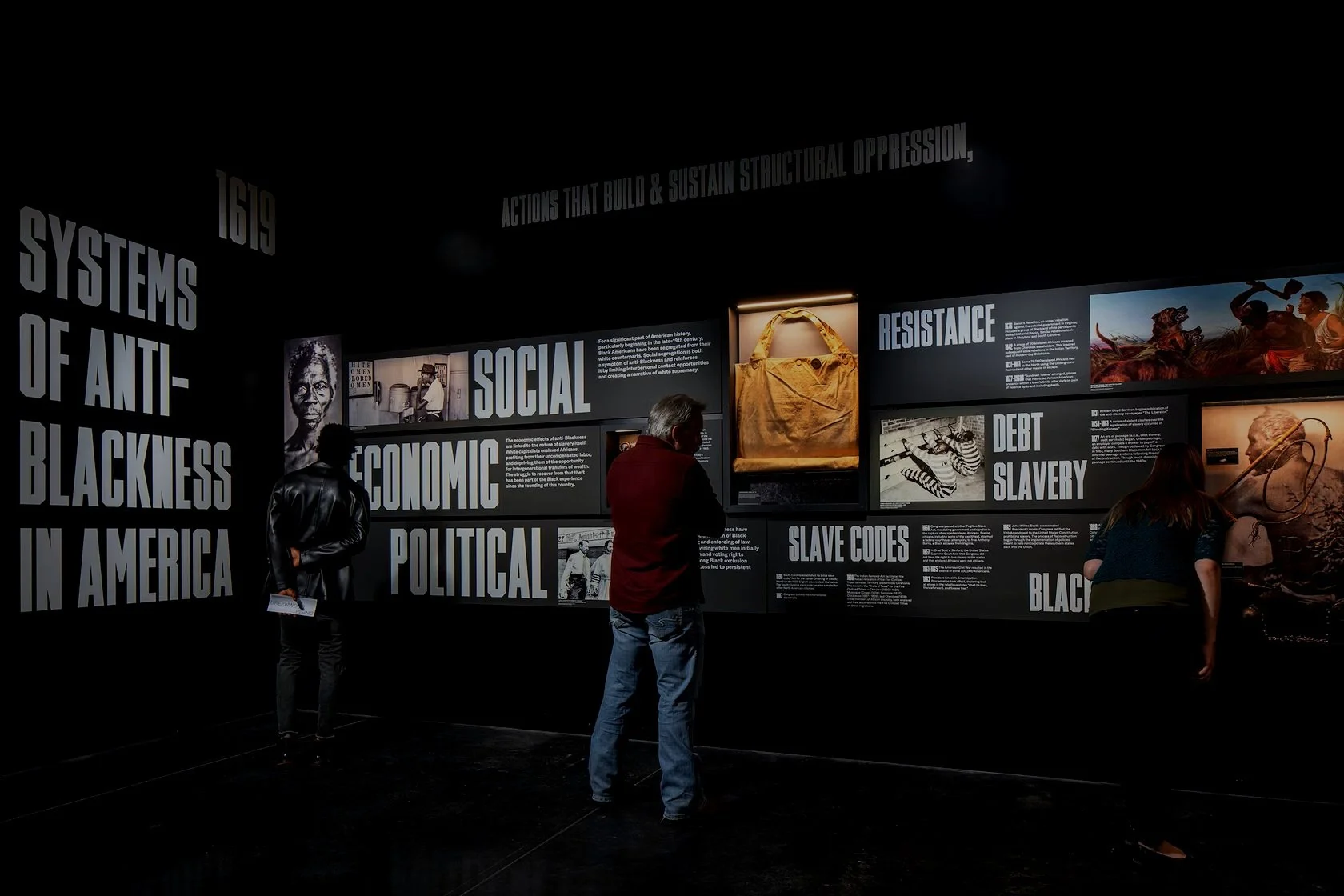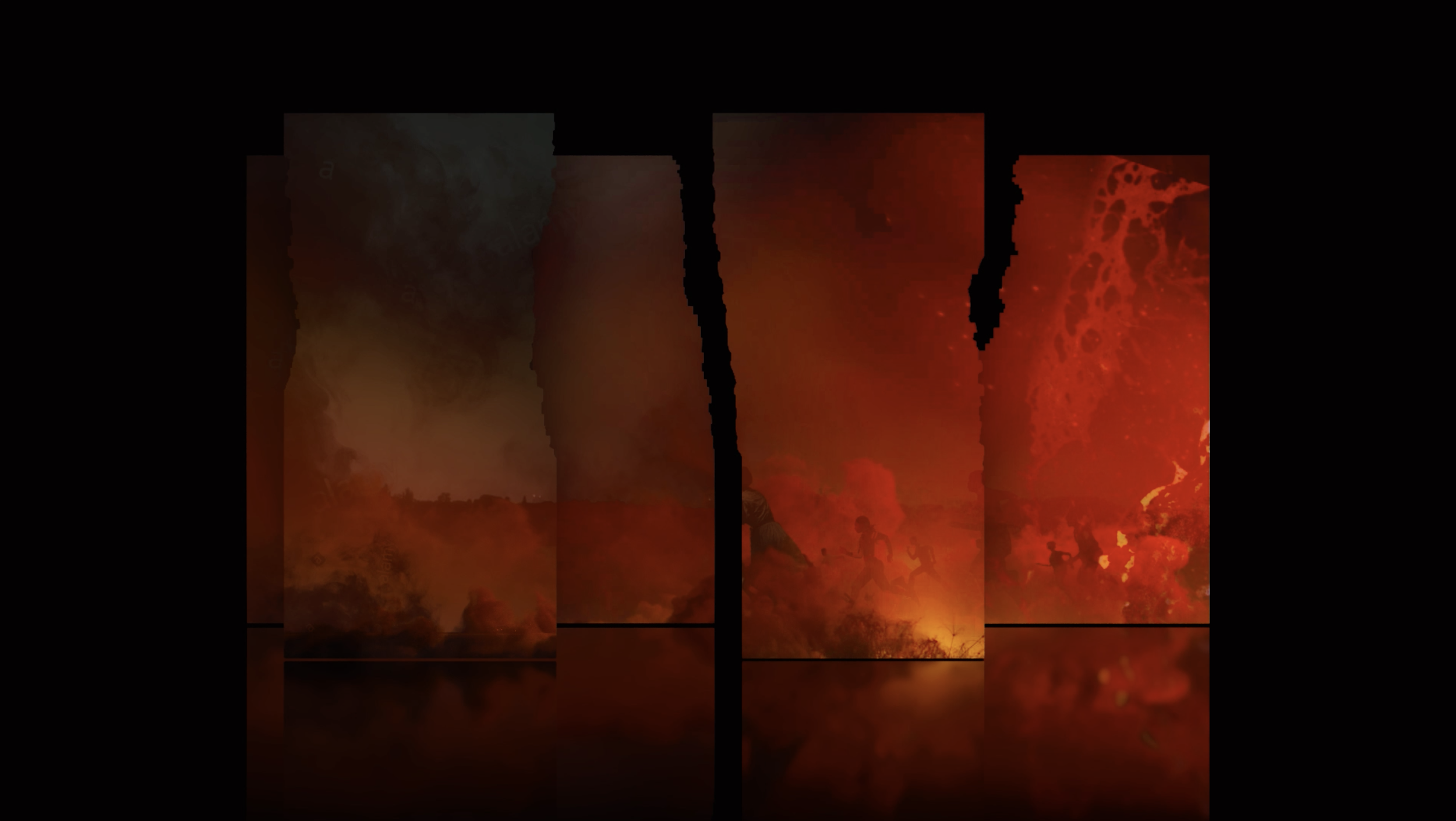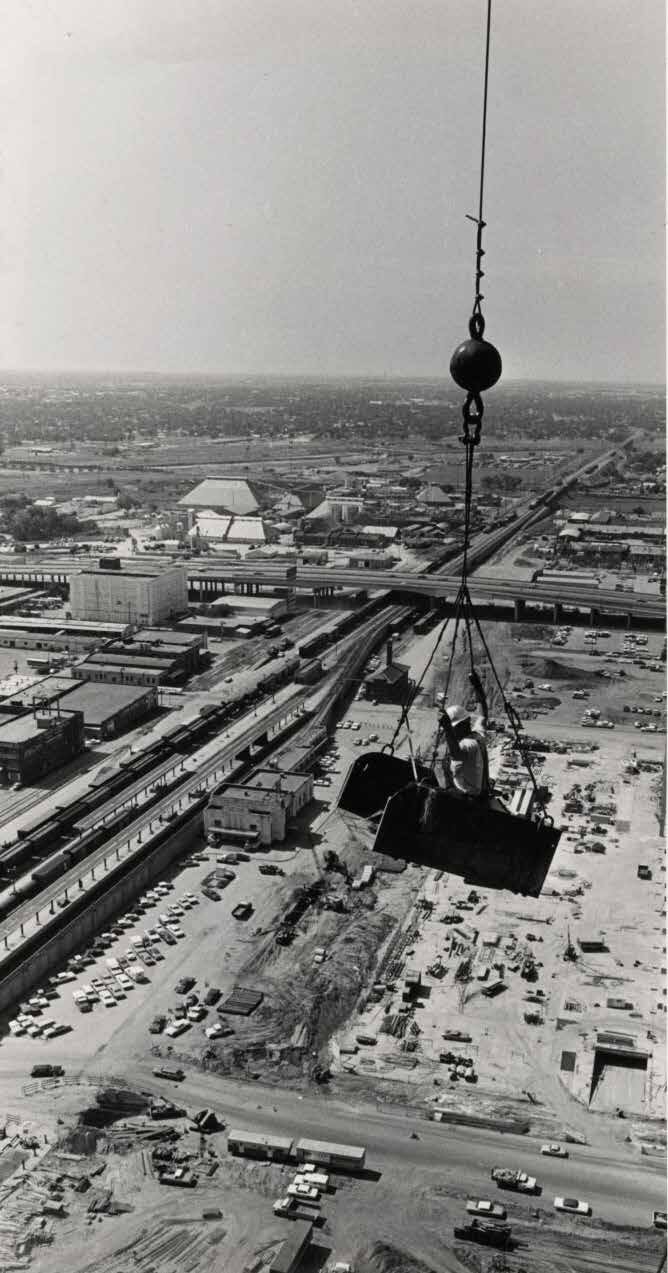The Tulsa Race Massacre Centennial Commission engaged Local Projects to develop and execute an experience design for the history center located at the heart of Tulsa’s Greenwood District. Beginning with a series of onsite workshops and interviews in Tulsa in July 2019, the team worked in close collaboration with the Greenwood Rising project team, Selser Schaefer Architects, and key community stakeholders to develop the following experience.
Beginning with a series of onsite workshops and interviews in Tulsa in July 2019, the team worked in close collaboration with the Greenwood Rising project team, Selser Schaefer Architects, and key community stakeholders to develop the following experience.
Through a number of mediums, media, and physical, the history center invites visitors to explore the early placemaking, hardships, and successes of the historic Greenwood District. Visitors will connect to the spirit and resiliency of the district and use this experience as a catalyst for important dialogue around racial reconciliation and restorative justice.




































